China's space lab module Mengtian has successfully completed its Stirling thermoelectric conversion test in orbit.
The entire process was smooth and the performance exceeded expectations, the China Science Daily reported Wednesday. The thermoelectric conversion efficiency under the same isothermal ratio reached the international advanced level.
The heat-to-electricity conversion tech involves two pistons in a cylinder moving at high frequency, which can convert thermal energy to electricity with relatively high efficiency and power density.
As a new technology of spacecraft power system, the Stirling thermoelectric converter boasts several advantages such as simple structure, high efficiency, light weight, fast start, minimal vibration and low noise. It can reduce the reliance on traditional solar power and has a broad application prospect in manned lunar landings or deep space exploration.
The development of the Stirling thermoelectric converter on China's space station Tiangong was led by the China Academy of Space Technology, while researchers from the Shanghai Institute of Ceramics of the Chinese Academy of Sciences (SICCAS) developed the heater unit of the converter.
"The efficiency of the heater unit is the key to ensuring the operation and performance of the Stirling thermoelectric converter," said Zhang Minghui, associate researcher at the SICCAS. The test aims to evaluate the possibility of power generation in space and measure the converter's power generation efficiency.
Previous heaters usually reserved the heat inside, while the new heater allows the directional flow of heat, Zhang explained. It is strong enough to withstand the huge force of a launching rocket.
The exquisite design of high-density winding heating wires greatly improves heating efficiency and the special insulation structure effectively reduces the radial and bottom conduction of heat and optimizes the heat insulation effect, according to the report.
Traditionally, heating cores were non-metallic insulators. The researchers upgraded the material to metal and designed the unique multilayered high-temperature resistant casing to effectively improve the insulation property of the device.
This is the first in-orbit verification of such technology for China, said Liu Xuechao, team leader of space material and application research of the SICCAS, adding that the successful running of the heater unit will promote the country's microgravity material research.












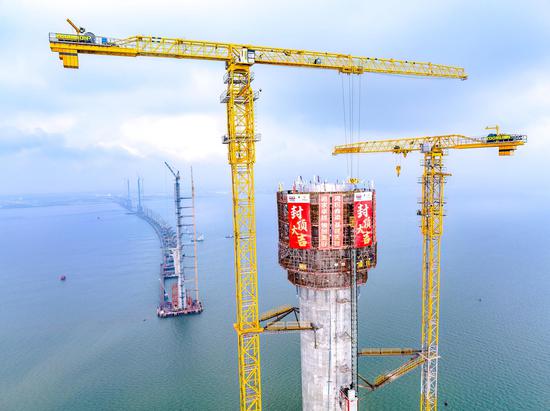
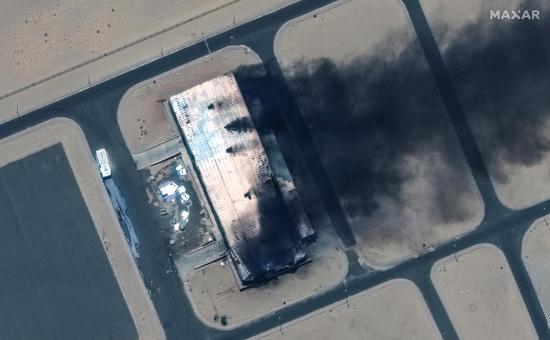
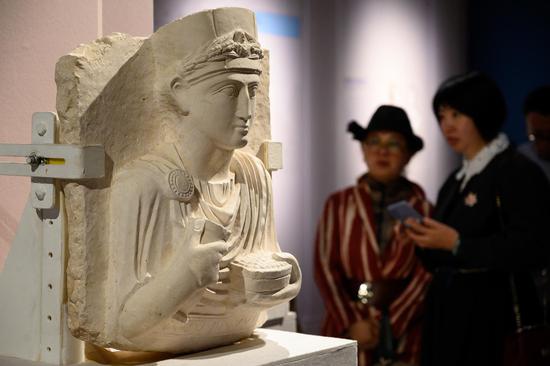
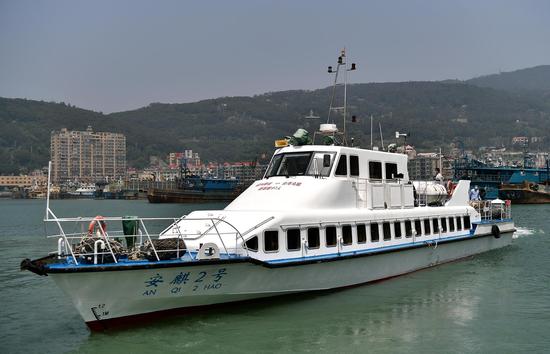



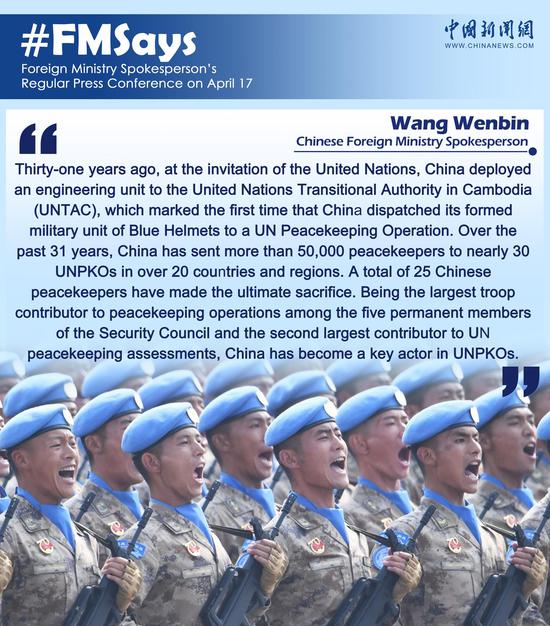





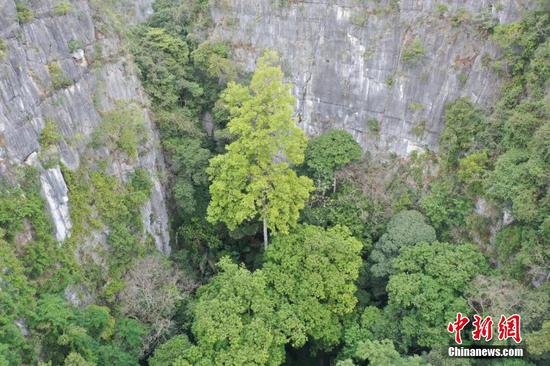
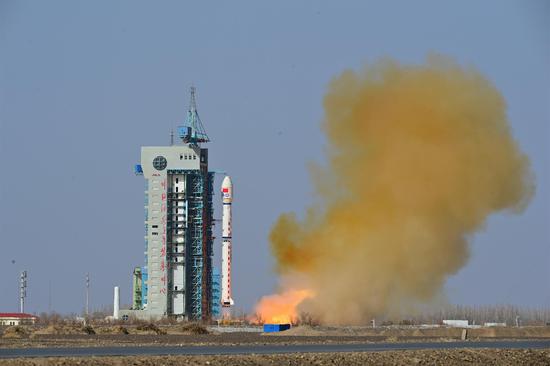
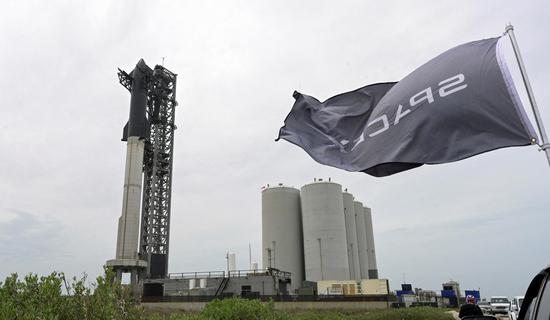


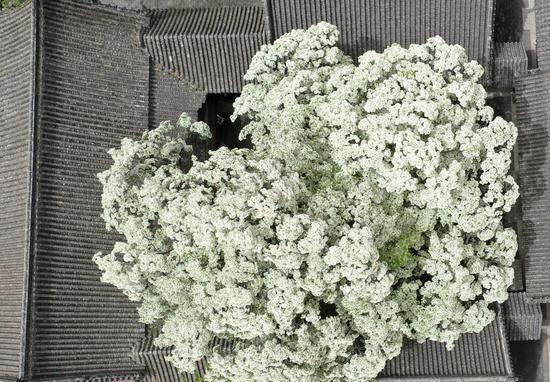

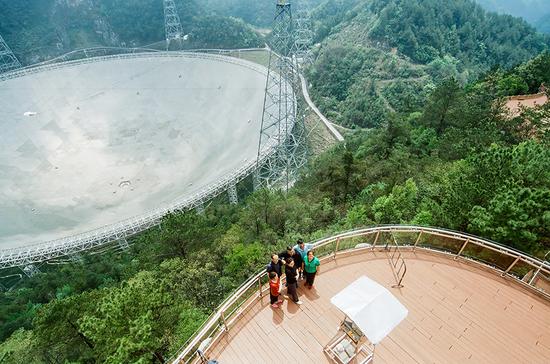
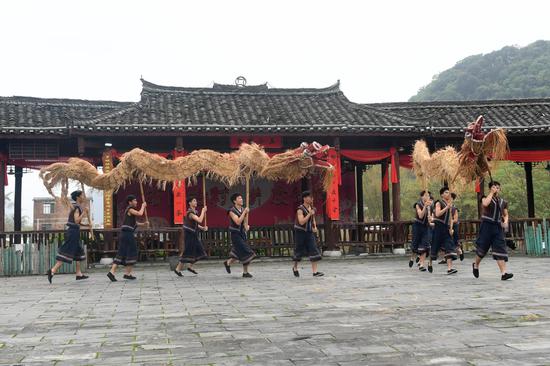
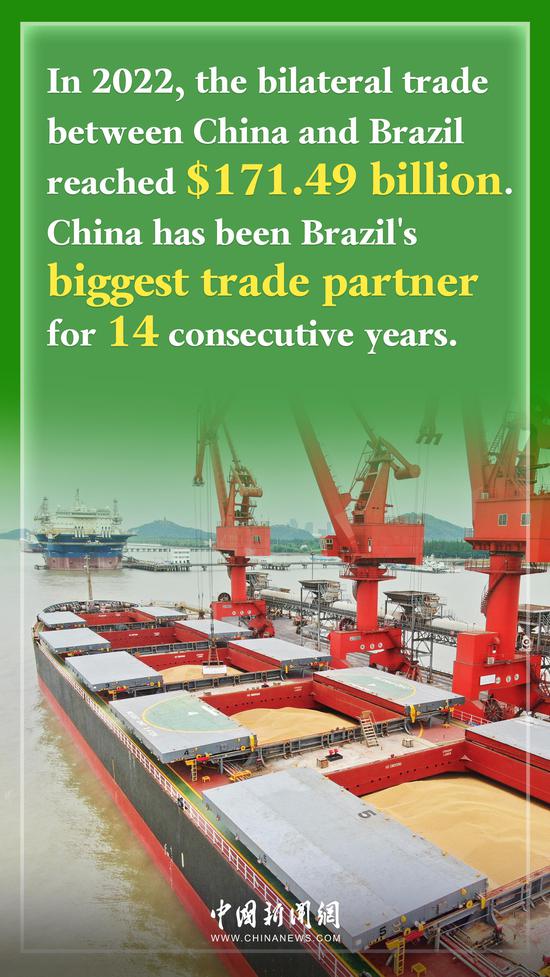
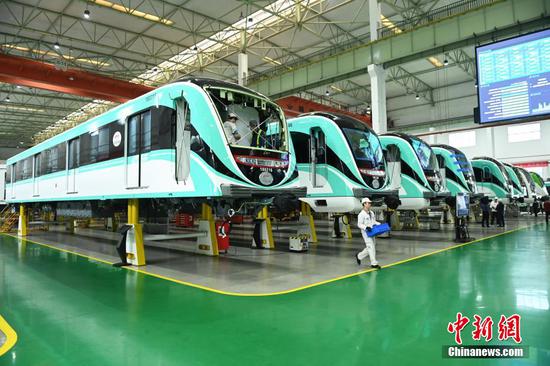







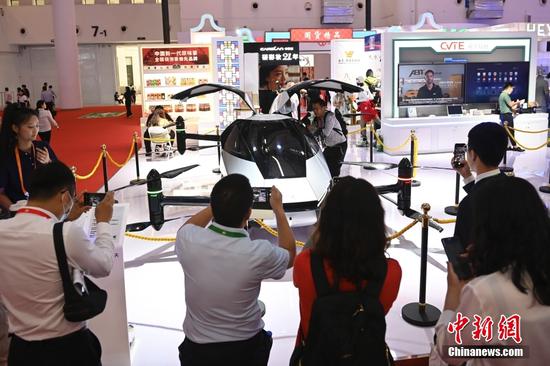
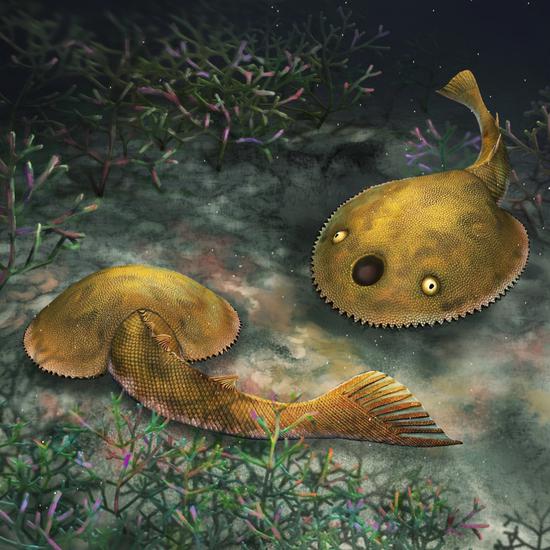





 京公網安備 11010202009201號
京公網安備 11010202009201號